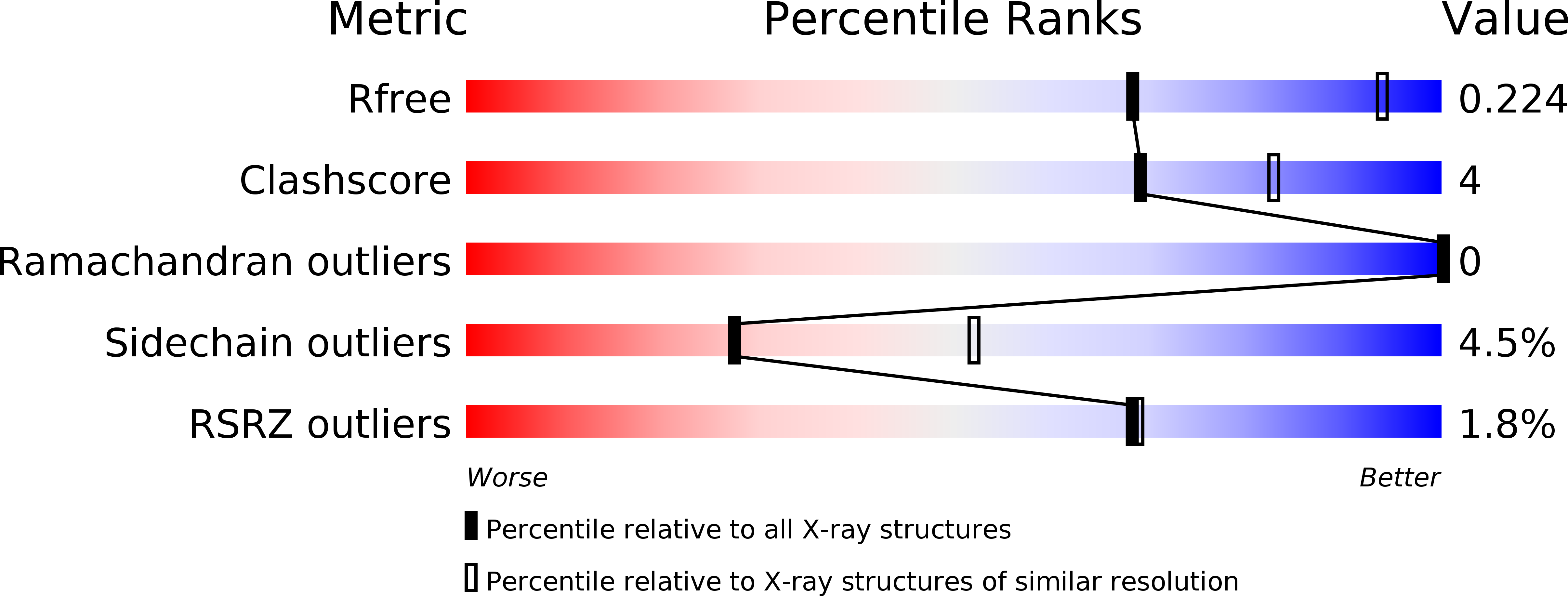
Deposition Date
2020-07-10
Release Date
2020-08-19
Last Version Date
2024-10-16
Method Details:
Experimental Method:
Resolution:
2.68 Å
R-Value Free:
0.22
R-Value Work:
0.19
R-Value Observed:
0.19
Space Group:
P 43 2 2


